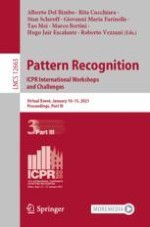2021 | OriginalPaper | Chapter
Random Forest Model and Sample Explainer for Non-experts in Machine Learning – Two Case Studies
Authors : D. Petkovic, A. Alavi, D. Cai, M. Wong
Published in: Pattern Recognition. ICPR International Workshops and Challenges
Publisher: Springer International Publishing
Activate our intelligent search to find suitable subject content or patents.
Select sections of text to find matching patents with Artificial Intelligence. powered by
Select sections of text to find additional relevant content using AI-assisted search. powered by
